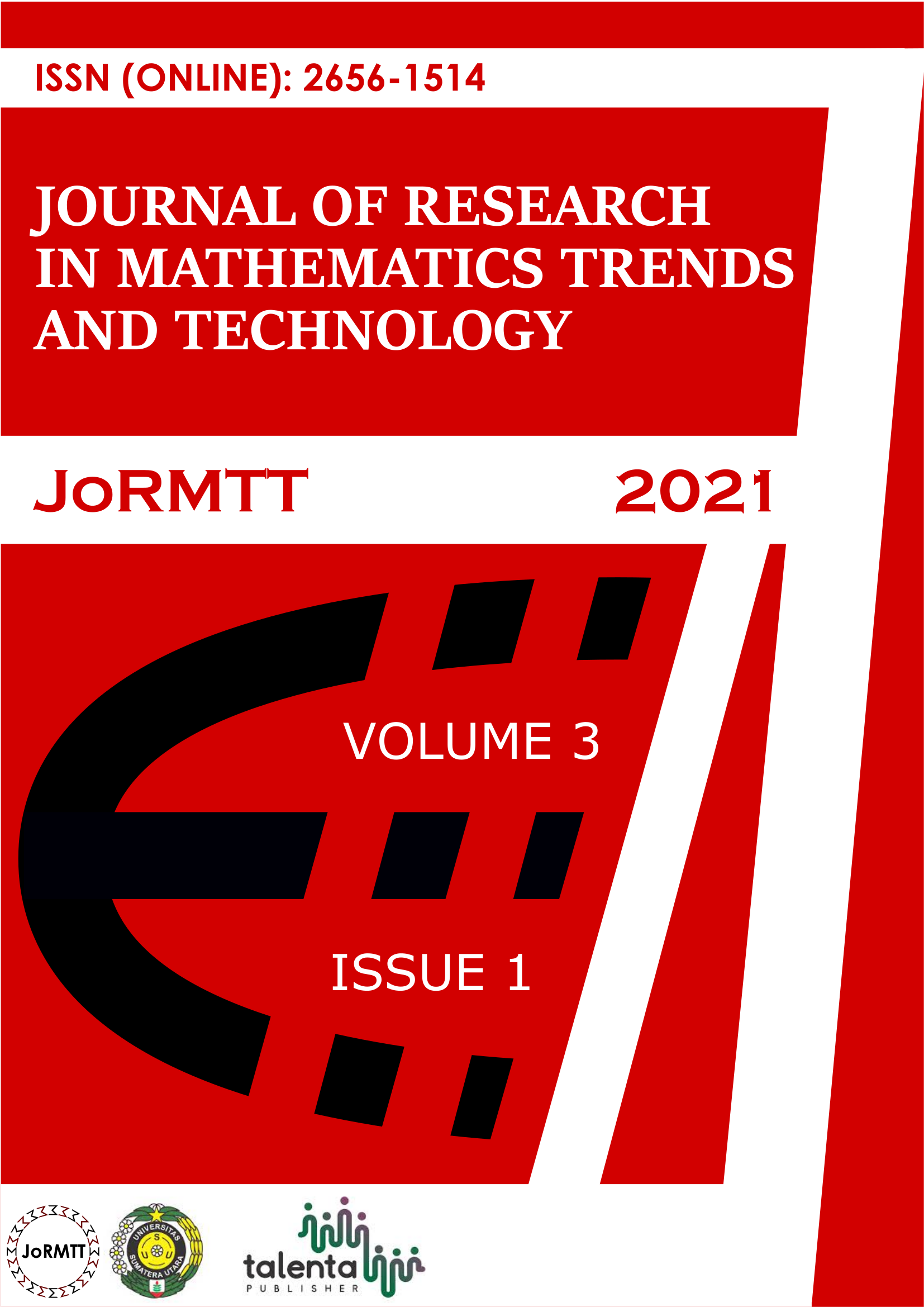Analysis of Factors Affecting Birth Weight Using Probabilistic Neural Network (PNN)
DOI:
https://doi.org/10.32734/jormtt.v3i1.8414Keywords:
BBL, Probabilistic Neural Network, K-Means Clustering.Abstract
The hight mortality rate in newborns is caused by the fact that many babies are born with low birth weight. LBW is one of the factors of infant mortality in Indonesia. Mitra Medika hospital Bandar Kippa is one of the pregnant women who has a Low Birth Weight (LBW) baby. Prevention and treatment of pregnant women when they know that they will give birth to a baby withlow birth weight is very necessary, in order to minimize death during the bieth process. So it is hoped that the existence of a factor analysis that affects birth weight in babies cas help to identify the condition of the baby in pregnant women before the baby is born. In this study, Probabilistic Neural Network (PNN) method was used with 150 data and 7 features including maternal age, maternal weight, maternal height, maternal hemoglobin, gestational distance, parity and maternal education. To get the best accuracy results, training data and testing data are shared using K-Means Clustering. Furthermore, an analysis of the factors that affect BBL using the Probabilistic Neural Network method is carried out, therefore it can be obtained that the probability value affecting BBL is found in the mother’s weight of 0,856 with the highest output layer value in the normal class of 6,741 and an accuracy value of 88,67.
Downloads
Downloads
Published
How to Cite
Issue
Section
License
Copyright (c) 2021 Journal of Research in Mathematics Trends and Technology

This work is licensed under a Creative Commons Attribution-ShareAlike 4.0 International License.
Authors submitting a manuscript do so on the understanding that if accepted for publication, copyright of the article shall be assigned to Journal of Research in Mathematics Trends and Technology (JoRMTT) and Faculty of Mathematics and Natural Sciences as well as TALENTA Publisher Universitas Sumatera Utara as publisher of the journal.
Authors still retain the rights to use and share the published articles without written permission from JoRMTT, as long as they follow the Creative Commons Licensing Terms as set forth by Creative Commons. Authors responsible to obtain the license or related copyright issues in their works. JoRMTT shall be released of any liabilities should any problems arise due to authors errors in this matter.
Authors permit JoRMTT to publish and provide the manuscripts in all forms and media for the purpose of publication and dissemination.
JoRMTT will follow COPE Code of Conduct and Best Practice Guidelines for Journal Editors to protect the research results and takes allegations of any infringements, plagiarisms, ethical issues, and frauds should those issues arise. The manuscript is attributed as authors' work, and are properly identified.
The Copyright Transfer Form can be downloaded here.
The copyright form should be signed originally and sent to the Editorial Office in the form of original mail or scanned document.
Users are free to:
- Share (copy and redistribute the material in any medium or format)
- Adapt (remix, transform, and build upon the material)
under the following terms:
- Attribution (must give appropriate credit, provide a link to the license, and indicate if changes were made. You may do so in any reasonable manner, but not in any way that suggests the licensor endorses you or your use)
- NonCommercial (may not use the material for commercial purposes)
- ShareAlike (If you remix, transform, or build upon the material, you must distribute your contributions under the same license as the original)
- No additional restrictions (You may not apply legal terms or technological measures that legally restrict others from doing anything the license permits)
Notices:
You do not have to comply with the license for elements of the material in the public domain or where your use is permitted by an applicable exception or limitation.
No warranties are given. The license may not give you all of the permissions necessary for your intended use. For example, other rights such as publicity, privacy, or moral rights may limit how you use the material.













